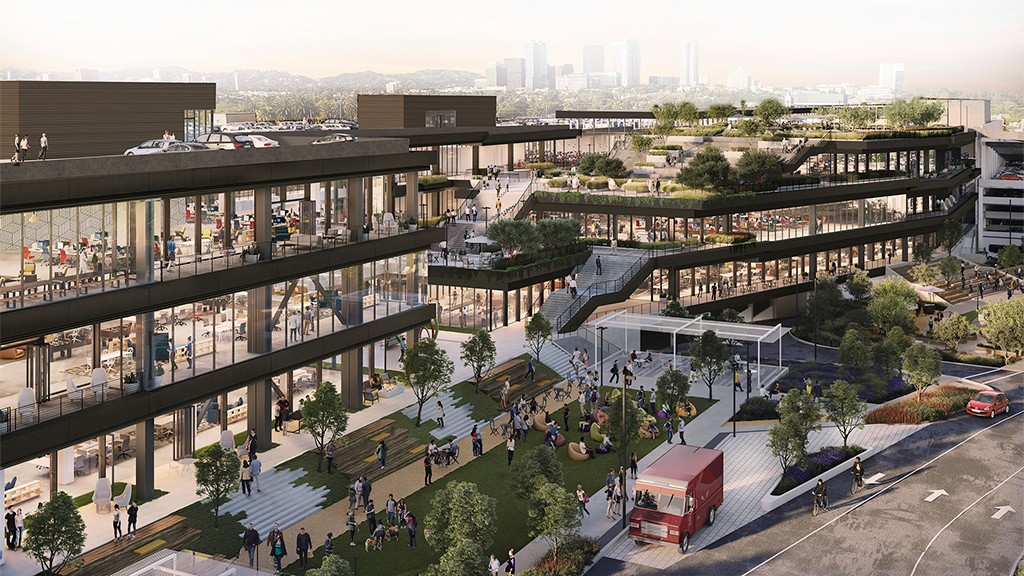
The era of sprawling shopping centers dominating California's suburban landscape may be coming to an end. As traditional malls struggle with declining foot traffic and changing consumer habits, developers and city planners are eyeing an innovative solution: transforming these vast, underutilized spaces into vibrant mixed-use communities.
Once thriving hubs of retail activity, many of California's malls now stand as hollow shells of their former glory. Anchor stores have shuttered, leaving behind empty corridors and vacant parking lots. However, visionaries see immense potential in these properties, imagining a future where shopping, living, working, and entertainment coexist in harmony.
The concept of mixed-use development aims to breathe new life into these "dead" malls by reimagining them as dynamic, multi-purpose destinations. Instead of relying solely on retail, these revitalized spaces could incorporate residential units, office spaces, restaurants, entertainment venues, and even green areas.
This approach offers numerous benefits for communities. By introducing housing options, mixed-use developments can help address California's ongoing housing shortage. The addition of office spaces can create local job opportunities, reducing commute times and traffic congestion. Meanwhile, maintaining a retail presence alongside new amenities can preserve the economic vitality of the area.
Several California cities are already exploring this transformative strategy. In the San Francisco Bay Area, planners are considering proposals to convert struggling malls into mixed-use neighborhoods complete with apartments, parks, and community spaces. Similar initiatives are underway in Southern California, where developers see potential in repurposing expansive mall properties to meet evolving urban needs.
The transition from single-use retail to mixed-use development is not without challenges. Zoning regulations may need to be updated, and careful planning is required to ensure a harmonious blend of different uses. However, proponents argue that the long-term benefits far outweigh the initial hurdles.
As online shopping continues to reshape the retail landscape, the future of California's malls lies in adaptation and reinvention. By embracing mixed-use development, these once-bustling shopping centers have the opportunity to evolve into thriving, sustainable communities that serve the diverse needs of modern Californians.
The transformation of "dead" malls into mixed-use developments represents a promising path forward, offering a glimpse into the future of urban planning in the Golden State. As more cities and developers explore this innovative approach, California's suburban landscape may soon be dotted with reimagined spaces that blend the best of retail, residential, and community life.